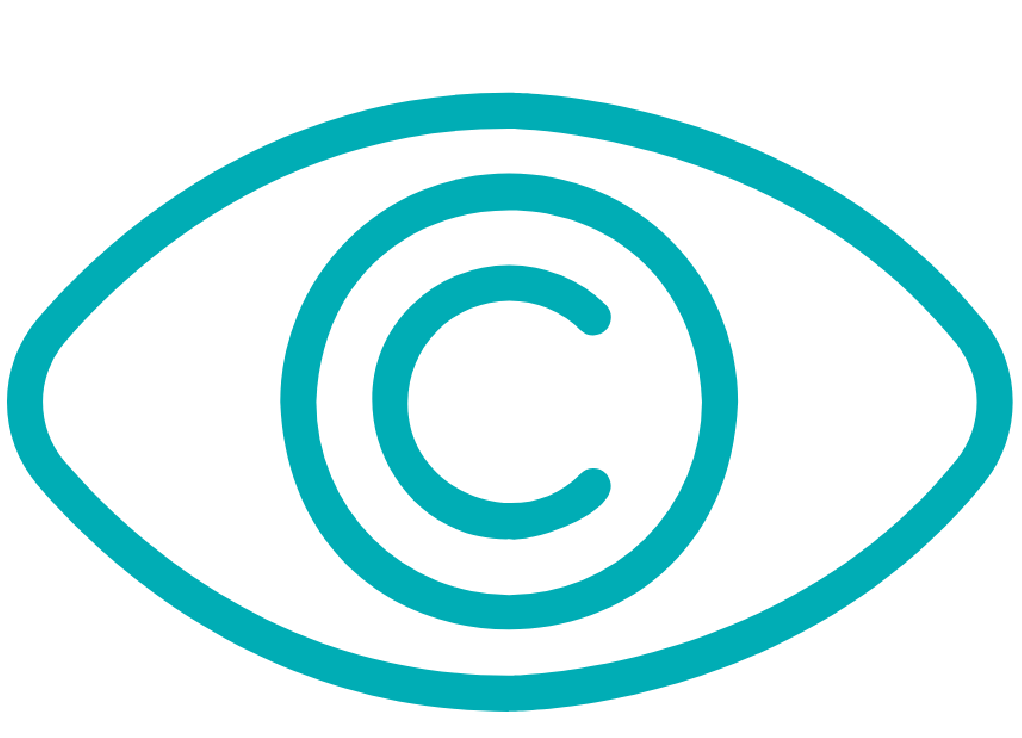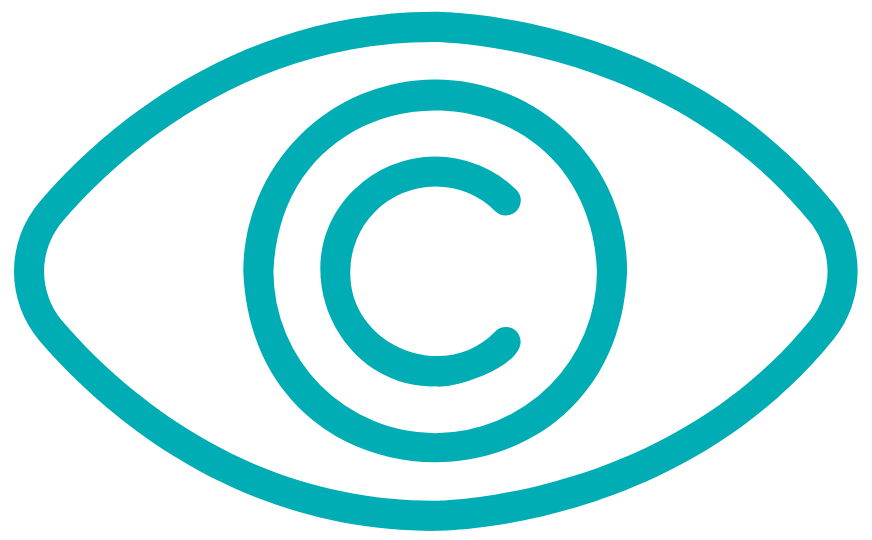Astigmatism
Astigmatism, a prevalent eye condition, involves unequal curvatures of the cornea and leads to blurry vision if left uncorrected. It can affect both nearsighted and farsighted individuals and is typically corrected using eyeglasses, contact lenses, or surgery.
The cornea refracts light to form a clear image of objects entering the eye. However, in individuals with astigmatism, the cornea resembles a football or the back of a spoon. This irregular shape causes light to refract unevenly, resulting in blurred vision.
While astigmatism often originates from hereditary factors and may be present from birth, it can also develop or change with age. Common symptoms include headaches, eye strain, fatigue, and blurry vision at all distances. Regular eye exams by an optometrist are essential for early detection and diagnosis.
Astigmatism may coexist with other refractive errors, such as myopia (nearsightedness) and hyperopia (farsightedness). Unfortunately, astigmatism often goes undetected in school-age children and is another reason children should have regular eye exams from a licensed eyecare professional.
Most cases of astigmatism can be corrected with prescribed eyeglasses or contact lenses. Toric lenses, with varying light-bending powers, are typically prescribed. Refractive surgery, altering corneal shape through laser procedures, offers another corrective option, tailored to individual needs.
- Corrective lenses (eyeglasses or contact lenses): For astigmatism, special corrective lenses called toric lenses are prescribed. These have greater light-bending power in one direction than the other. After performing various tests, your optometrist will determine the ideal toric lens prescription for you.
- Refractive surgery: Another method for correcting astigmatism is by changing the shape of the cornea through refractive or laser eye surgery. While there is more than one type of refractive surgery, specific treatments are recommended on an individual basis.




